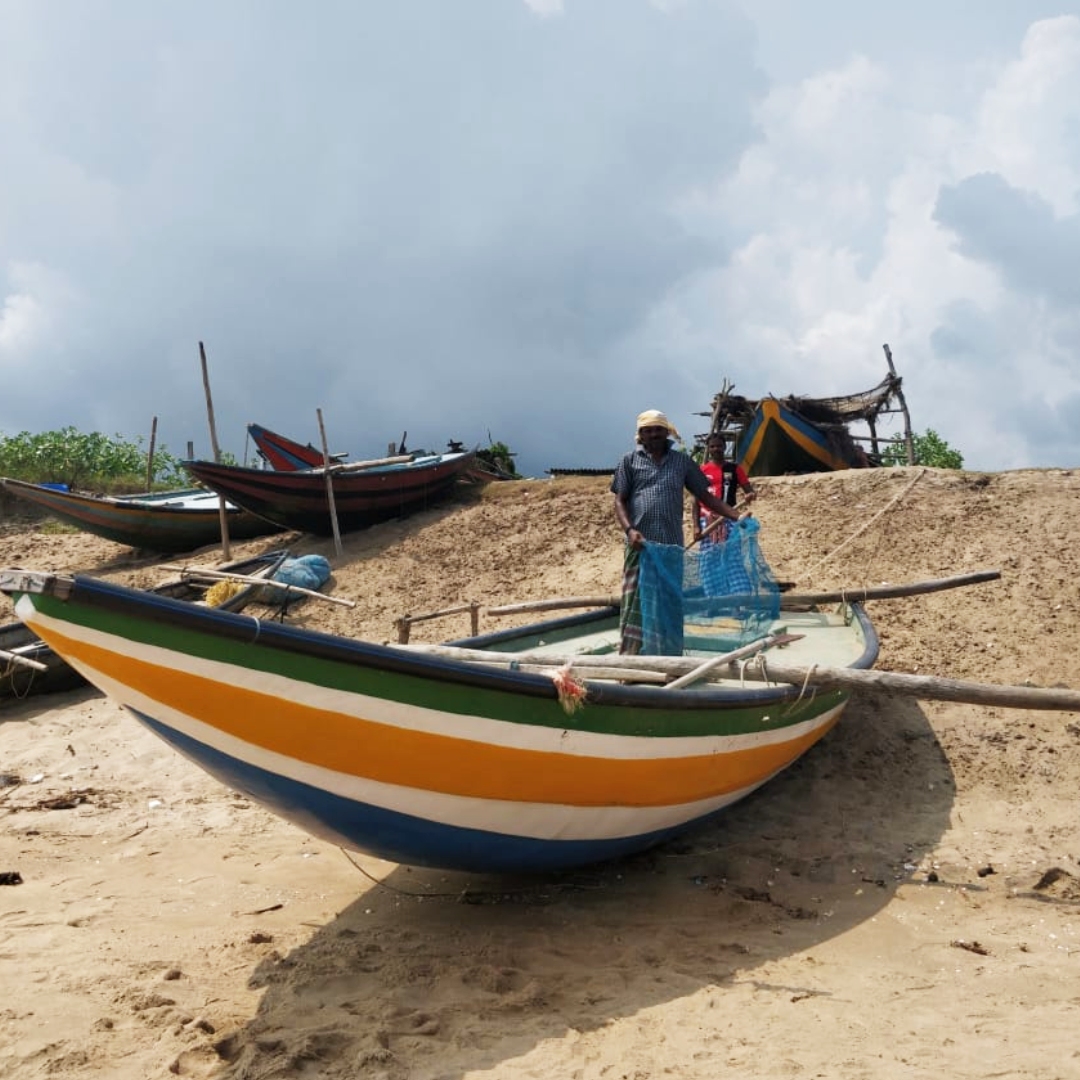
Image Credit: Save the Children
Children In Ganjam District Learn To Survive Amid Inequalities Caused By Extreme Climate Events
Writer: Save the Children
Save the Children is India’s leading independent child rights’ NGO, which works in 18 states of the country. Beginning its journey in 2008 in India, and registered as ‘Bal Raksha Bharat’, we have changed the lives of more than 11 million (1.1 crore) children.
Odisha, 20 Feb 2022 12:27 PM GMT
Creatives : Ankita Singh
A literature lover who likes delving deeper into a wide range of societal issues and expresses her opinions about the same. Keeps looking for best-read recommendations while enjoying her coffee and tea.
“To attend Classes 9 and 10, we cycle to the high school, which goes via a jungle road. During the pandemic, we had no access to our classes since most of us do not have smartphones at home,” says Puja, a Class 10 student.
In the last 130 years, more than 96 tropical cyclones have hit the state of Odisha. With a population of over 4.6 crore, Odisha is often the landfall destination of many tropical cyclones. With climate change and rising temperatures, the intensity of these cyclones will increase and likely to cause more damage. Of the vulnerable districts in Odisha, Ganjam has been the site of landfall for 13 cyclones between 1891 and 2021.
Garampeta is one of the coastal villages in Ganjam district, which boasts of idyllic and pristine beaches and swathes of greenery. It is also home to a fishing community where people speak a dialect that's a blend of Telugu and Odia. Garampeta is also one of the areas where Save the Children, India works on the ground.
J Patayu has a family of four - a daughter and a son and his wife. Garampeta has been their home for the past 30 years and his main source of livelihood is fishing. His boat has to compete with the commercial fishing trawlers to get their share of fish. "Fishermen like me hardly get any fish," shares J Patayu. This becomes even more difficult when the village is hit by a cyclone or receives heavy rainfall every year. "We can't go out in the sea for almost 15-20 days. It becomes difficult to meet our daily needs. Our village gets flooded, water enters our home and we lose food grains and other essential items. Unfortunately, government compensation goes only to the registered fishermen, not to people like me," he says. Their losses during a cyclone, which includes damage to the boat and fishing net, sometimes amount to over Rs 1 lakh.
With extreme climate events wreaking havoc in their lives every year, children in Garampeta pay a heavy price for it. "Every year, our village gets affected because of the cyclonic storms and torrential rain. During this period, people can't come out of their houses for 10-15 days, which affects their daily income. Students are not able to reach their schools and parents can't go to work. We even have trouble accessing medical help and support. We have to suffer from hunger and critical health issues," says Kameshwari, a Class 10 student.
The village has only one school with classes till 8, and the dropout rate is almost 60%.
"To attend Classes 9 and 10, we cycle to the high school, which goes via a jungle road. During the pandemic, we had no access to our classes since most of us do not have smartphones at home," says Puja, a Class 10 student.
While Puja's parents agreed to send her to high school, Sangeetha, who's in Class 8, says her parents are not too keen to support her education. She might drop-out after Class 8. What's the future that awaits her? Either an early marriage or she might have to do labour work to support her family. Her elder brother had started helping out his father in fishing after Class 5 and as a result had to drop out early from school.
"Most girls drop out after primary education because to attend high school they have to travel 4-5km. Many parents don't want to send their children to high school because of the distance and the jungle road. Also, it's not very safe for adolescent girls. We have sent an application for a high school and will be meeting the District Education Officer and the District Collector of Ganjam. Hopefully, by next year, the school will be upgraded to high school," says the headmaster of the only school in Garampeta.
Climate change is one of the greatest challenges faced by the world today. Vulnerable populations, especially children, are at greater risk of bearing the brunt of the climate crisis. Villages like Garampeta face dual, connected threats of exacerbating inequalities caused by pandemic and impact of climate change. Children must be provided with opportunities to access and exercise their right to share and contribute, mobilize, campaign, advocate, demand, and participate fully in discussion related to climate change issues.
Also Read: Sisterhood Of The Red Dot: Young Women Creating Solidarity On Menstrual Health In Uttar Pradesh
 All section
All section














